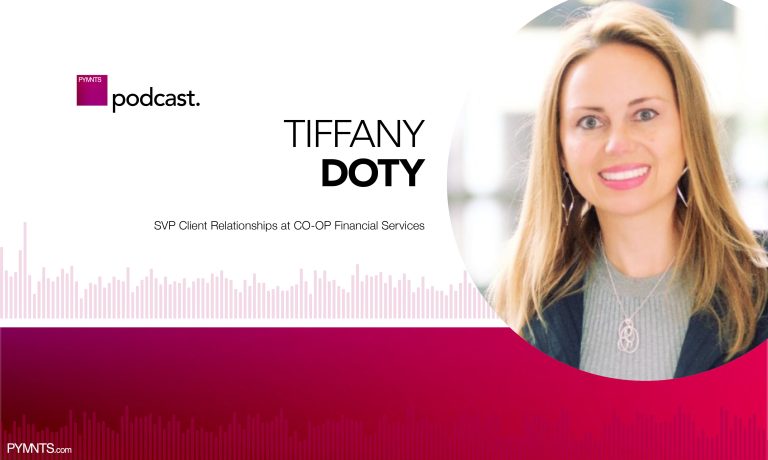
The pandemic has spotlighted a key urgency for financial institutions (FIs) of all types: investigating and investing in the connection between human and digital engagement while remaining focused on members’ financial wellness.
CO-OP Financial Services Senior Vice President of Client Relationships Tiffany Doty told PYMNTS that the competitive landscape is heating up for credit unions (CUs), but they have inherent advantages when it comes to cementing loyal relationships with their members.
CUs are working to digitize to meet customers’ needs. But they are competing both with traditional, larger incumbent FIs as well as non-traditional FinTechs. Both have relatively deeper pockets, and they have been ramping up their efforts to build ecosystems that can surround consumers.
“What we’re seeing is an evolution of member behaviors and preferences that are continuing to put pressure on the credit unions to innovate and meet those member expectations,” she told PYMMTS.
Regardless of interaction, she said, members want their CUs to “know” them, to anticipate their needs and then guide them along their financial journeys. Digitization is becoming an important part of this
Trust is Key
Those same CUs have a strategic advantage as they ramp up their modernization efforts. And that strategic advantage is trust, she said.
“It’s a great time for credit unions to leverage that built-in trust and invest in the payment solutions that the members are demanding as the [financial services] landscape is changing,” said Doty.
Trust can be leveraged and enhanced using data analytics. Data can identify the technologies, promotions and targeted loyalty campaigns that can underscore and build further on that trust, she said.
More and more members are demanding touchless payment technologies, as well as digital wallets and peer-to-peer (P2P) payment solutions like Zelle. CUs can capitalize on those trends to develop better road maps for new products and services.
These road maps, Doty said “need to be more nimble and flexible because member needs are constantly changing.”
As we’ve moved through the pandemic, there has been increasing emphasis on financial wellness. She pointed to the fact that CUs, during the pandemic, were focused on Paycheck Protection Program loans and financial literacy programs in underserved communities. Many have built education programs focused on high school students that move with them into the college years and beyond — right into retirement.
“Taking the current events that may be going on and adopting different financial wellness plans to help our members get through something like the pandemic — that’s critical,” said Doty.
Looking beyond the pandemic, she said, there are several opportunities that lie ahead for CUs. Members will likely want to keep using digital solutions, even as they start to return to branches in greater numbers. They will continue to prize digital card issuance and the ability to set controls and turn cards on and off as needed — where they have a stake in anti-fraud efforts.
“It’s a more seamless approach when they’re in a vulnerable state,” she said. “That’s a key digital strategy that we think will be increasingly important — putting more of that digital experience within the members’ hands.”